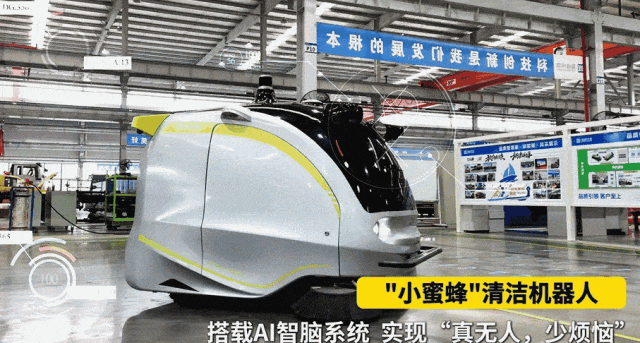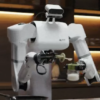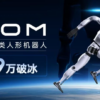According to incomplete statistics of the New Strategy Low-Speed Unmanned Driving Industry Research Institute, in the first quarter of 2025, there were 41 products in the field of unmanned driving at home and abroad, including 26 new products of vehicle/autonomous driving solutions and 15 new products of supply chain parts.

Some new products in the field of unmanned driving in the first quarter of 2025 (please correct any imperfections)
According to above statistics, domestic companies have launched a total of 32 new products and foreign companies have launched 9 new products.
From the perspective of new product types in the first quarter, among the 26 new products of vehicle/autonomous driving solutions, unmanned cleaning sanitation vehicles ranked first with 7 models. Among these driverless sweepers, some are innovative iterations of existing products, such as the third-generation cleaning robot “Little Bee” launched by Infore Enviro and the CITIBOT FLMSD22C intelligent cleaning equipment, while others are new product lines launched by enterprises, such as the low-speed driverless sweeper “Rui Car” of Alpheus, the new product “Zhisaijie·S5 Driverless Sweeper” of Saite Intelligence, and large-scale driverless sweeper “Wo Dabai” disclosed by IDRIVERPLUS; in terms of quantity or product functions, these companies are trying to improve the product matrix as much as possible.
 The second is the unmanned delivery vehicle. In this quarter, there are 5 new products (series), including Cainiao unmanned vehicle GT Pro, WeRide unmanned logistics vehicle Robovan W5, jiwei.ai’s “Ling Xiaoju” intelligent delivery robots P4 and P6, and ZELOS Z series 2025 unmanned vehicle that has been “upgraded” in appearance design and configuration.
The second is the unmanned delivery vehicle. In this quarter, there are 5 new products (series), including Cainiao unmanned vehicle GT Pro, WeRide unmanned logistics vehicle Robovan W5, jiwei.ai’s “Ling Xiaoju” intelligent delivery robots P4 and P6, and ZELOS Z series 2025 unmanned vehicle that has been “upgraded” in appearance design and configuration.
Like last year, mobile charging robots are still a popular track for companies to bet on. In this quarter, 3 companies released mobile charging robots, among which Shougang Chengyun cooperated with NEOLIX to launch the third-generation unmanned charging vehicle, VMR released its first car intelligent charging robot across fields, and AUBO developed a “mobile charging robot” that does not charge or store energy, but is equipped with AUBO Robotic Arm to provide users with automatic charging gun plug-in and unplug services.
Among the 15 new parts and components in the first quarter, LiDAR is still the innovation focus of parts and components companies. 5 companies launched a total of 10 LiDAR-related products at the beginning of this year.
It can be seen that these new products continue to upgrade in performance, technology, and applicable scenarios. For example, at the CES in the United States in January this year, RoboSense and Hesai both displayed a number of new LiDAR products, including Hesai’s “AT1440, the world’s highest line radar”, and RoboSense’s “world’s first 1080-line LiDAR” EM4. Both pushed LiDAR into the “thousand-line” era and raised the resolution of LiDAR to a level close to that of traditional smart driving cameras.
Overall, the number of new products in the first quarter of this year increased significantly compared with the same period last year, and the product variety was also richer, and the industry’s innovation and product iteration update rate were further improved. In some scenarios, the combination of autonomous driving technology and emerging technologies has also made more breakthrough attempts in scenario applications. For example, with the development of AI technology and the application of industry big models, many companies have made many attempts to improve the intelligence of their products. For example, the third-generation cleaning robot “Little Bee” of Infore is equipped with an AI brain system, and the built-in AI algorithm automatically generates the best decision according to the actual scenario. Saite Intelligence “Zhisaijie S5” also deeply integrates autonomous driving, sanitation big models and embodied intelligent technology to achieve autonomous route planning and precise obstacle avoidance.
 In general, there are more and more participants in the research and development of unmanned driving products, making the industry receive more attention and popularity.
In general, there are more and more participants in the research and development of unmanned driving products, making the industry receive more attention and popularity.





